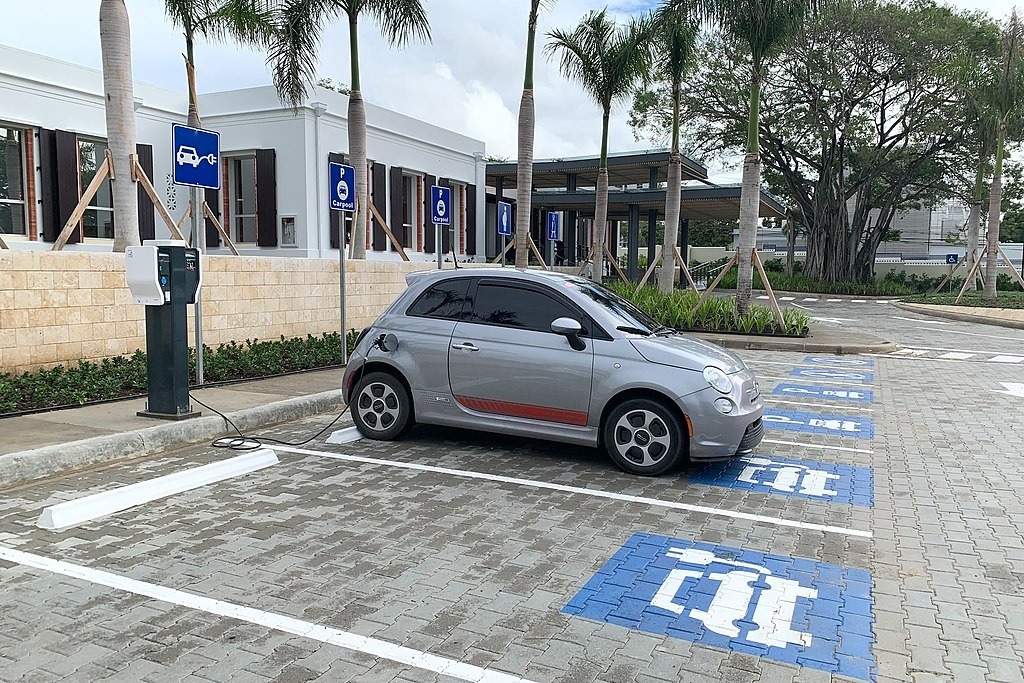A groundbreaking device extracts the "white gold" passively

As the world pivots toward decarbonisation, interest in lithium is skyrocketing. Global demand for this “white gold”, used in rechargeable batteries, is expected to reach 4 million tonnes by 2030, driven by electric vehicle adoption and global net-zero commitments. This rapid increase brings challenges, particularly in diversifying lithium sources and minimising the environmental footprint of extraction.
Currently, most lithium comes from hard rock mining or brine sources. Brine extraction in South America’s “lithium triangle” involves pumping lithium-rich saltwater up from underground reservoirs into vast evaporation ponds. Over months or even years, the Sun evaporates the water, leaving lithium-bearing salts behind. While cost-effective, this current method disrupts local ecosystems and consumes vast amounts of water – a particular problem in areas already grappling with water scarcity. There’s an urgent search for more sustainable extraction methods, and recent innovations offer hope.
A groundbreaking device developed by Baoxia Mi at the University of California and Jia Zhu at Nanjing University could revolutionise the field. The device, powered by sunlight, floats on briny water and extracts lithium passively. Inspired by the way trees draw water upward through pressure gradients, the device uses solar-driven evaporation to draw water into its structure. Lithium-rich brine is pulled through porous membranes that selectively allow lithium ions to pass while blocking larger, contaminating ions like sodium.
Prototypes have shown this type of extraction to be far more efficient than the current method, harvesting about 30 milligrams of lithium per day per square meter of the device. Although this may seem modest, scaling up could deliver significant results. Covering just 1 per cent of California’s 800 km² Salton Sea – recently discovered to hold vast lithium reserves – could generate enough lithium for around 250,000 mobile phone batteries daily.
As demand for lithium grows, advancements like this are essential to ensure that the shift to cleaner energy is made responsibly.
This article is from New Humanist’s spring 2025 issue. Subscribe now.

